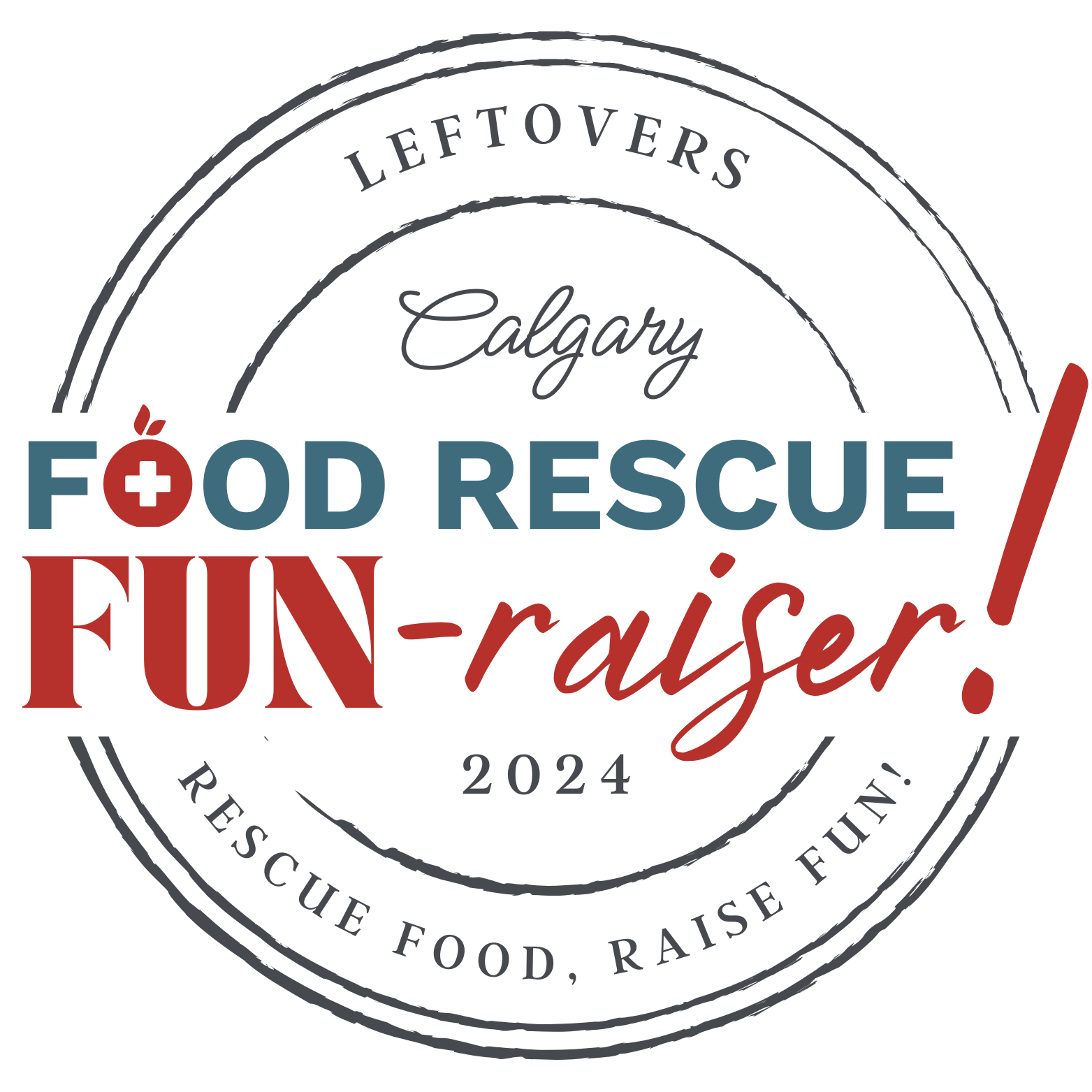FAQ
Do you have a question or need more information?
Read our Frequently Asked Questions below.
Volunteer FAQ's
Thank you for your interest in volunteering with the Leftovers Foundation! We post all of our volunteer opportunities on our Rescue Food App. Instructions for downloading and using the app can be found here.
You can watch a tutorial video on how to use the app here.
If you have additional questions about using the app, contact us.
Please go to your route in the app and select the information tab (it is on the right side, next to the tabs providing info about the donor and service agency). This will list options for where to take the food.
- Make sure the app is up-to-date (check the App Store or Google Play for updates).
- Make sure that cellular data is turned on for the Rescue Food App by double checking in your phone’s settings.
- Try logging out and closing the app, and then sign in again.
- Delete and re-download the app.
We encourage volunteers to take photos while picking up donations. You can upload a photo on the app when you complete your route.
PLEASE NOTE: to respect the privacy and sensitivity of the service agencies, do not take photos at the dropoff points.
We have scales, food thermometers, tote bags, and t-shirts, free for volunteers, no matter how many routes you have completed. Supplies are optional and are not required to volunteer, provided you bring your own mask.
- Scales are used to measure the weight of donations — this data is important for us to track our impact! If you don’t have a supplied scale, a bathroom scale works as well. If you are able to guess the weight of objects well, then that is another option.
- Thermometers are only required for pickups with a cooler icon in the app. This icon indicates that you may be picking up refrigerated or frozen items. AHS requires that we record the temperature of these items to ensure that they are being transported safely (detailed instructions on this can be found in Appendix C of our Donated Food Guidelines).
Service Agency FAQ's
This depends on what our food donors have to donate and varies from week to week. Some donors are more predictable (e.g., bakeries will donate bread and sometimes treats), while others are much more unpredictable (e.g., grocers may have an entire case of yogourt one week and an entire case of bananas the next).
Food Donor FAQ's
There is a common misconception that a donor is liable if someone gets sick from the food they donated. The Charitable Donation of Food Act (Alberta) and the Food Donations Act (Manitoba) protects donors from liability associated with the donation of food. As such, there is no liability associated with donating food.
We can issue tax receipts for some food donations! Our tax receipt policy can be found here. Don’t hesitate to contact Leftovers if you have any questions.
Home Harvest FAQs
The goal of our Home Harvest program is to ensure that excess, home-grown produce from our communities is not wasted. If you have food growing in your yard that you would like to share, we will organize volunteers to pick it up and redirect it to local service agencies.
The Home Harvest program is available through the Rescue Food App. Routes are laid out in the same way, for your convenience. Be sure to upload your photographs through the app, for the rest of our community to see.
Monthly Donor FAQs
Please send an email to [email protected] and we will happily help you manage your recurring donation!
General FAQs
The Leftovers Foundation was founded by Lourdes Juan, a Calgary-based entrepreneur and philanthropist. Read more about Lourdes’ story here.
Most avoidable food waste occurs during the processing and manufacturing stage of the food supply chain – a value of over 20 billion dollars. However, the second largest value in avoidable food waste comes from the consumer stage – over 10 billion dollars.
- Shop smart and realistically
- Buy only what you need and keep track of what’s in your fridge before you go shopping – so you won’t double up on products you don’t need.
- Plan out your meals by writing a detailed shopping list.
- Purchasing locally sourced produce and food from local farmer’s markets also helps!
- Make the freezer your friend
- You can freeze just about anything to give it a longer life.
- Only take what you can eat
- At all-you-can-eat buffets, take only what you can eat.
- When making food at home, keep it in mind to make meals reasonably portioned – which will also help to prevent food waste.
- Keep track of what you throw away
- This will help you figure out which food items you’re wasting on a regular basis.
- Adding dollar signs to what you throw away will add value to what is being wasted.
If you are an individual or family inquiring about food access, please use this online resource.
Contact Us
Do you have a question or need more information that you couldn’t find in our FAQ?
Please fill out the form below and we’ll get back to you.
"*" indicates required fields

General
Address: Unit 4, 1925 39 Ave NE, T2E 6W7, Calgary AB

Calgary
Address: Unit 4, 1925 39 Ave NE, T2E 6W7, Calgary AB

Edmonton





























